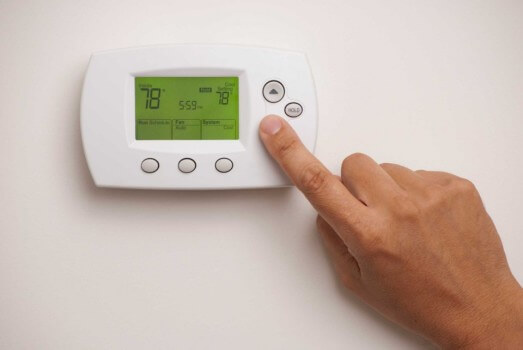Technically, the landlord is responsible for the chiller charges as they are paid even when the unit is vacant
If you live in Dubai, chances are you have come across the ambiguous term “chiller” when scrolling down property listings. And if you are someone who is well aware of the chiller fee, chances are you have had a stand-off with your landlord regarding the sizable bill you receive each month. So, what is the chiller fee? And should you be paying it?
Chiller:
District cooling, or chiller, refers to the centralized production and distribution of cooling energy. To summarise the concept: chilled water is delivered via an underground, insulated pipeline to residential buildings to cool the indoor air of the buildings within a particular district. The units in each building use the “chilled” water to lower the temperature of the air passing through the building’s air conditioning system.
Chiller charges:
As stated by Empower, one of the main chiller service providers in Dubai, the monthly chiller fee is broken down into three categories:
1. Consumption Charge: According to meter reading, as and when you use the district cooling Service, the meter will run and this is charged at Dhs 0.568 fils per RT (refrigeration ton) per hour.
2. Demand Charge: A recurring annual charge, levied by cooling service providers, of AED 750 per RT/year, billed and paid quarterly in advance (unchangeable).
3. Fuel Surcharges: Due to the steady increase in global fuel prices, a fuel surcharge will be included in the bill. DEWA will calculate this charge on a transparent basis and it will be passed on by Empower to customers in monthly district cooling bills.
Who should be paying the chiller charges?
Technically, the landlord is responsible for the chiller charges as they are paid even when the unit is vacant. However, in reality, this is not the case as some landlords refuse to pay the chiller fee, especially in buildings where individual chiller meters have been set and residents receive their own monthly bills.
In 2012, Interim Owners Associations (IOA) demanded buildings with district cooling services to install separate chiller meters in each individual unit. This helped residents because before this decision, they used to pay for the chiller fee based on the unit’s area, regardless of their usage of air conditioning.
Are landlords required to include chiller fees in the rent?
Landlords and building owners are legally required to include the chiller fees in the total rent, as the law states that they are responsible for service and maintenance charges of district cooling. However, some landlords offer to let you pay the chiller fee and in turn lower the annual rent.
If you choose to pay the chiller fee in the hope of paying less rent, you should carefully calculate your monthly usage, the size of your unit and the district cooling company your building employs. If the cost is still less than 4000-5000 AED a year, then go for it! If not, you might be better off paying a little more rent for peace of mind.
Before signing a contract with your landlord, make sure you both have a written agreement of who’s paying for what.
For more useful tips and advice on living in Dubai, visit our Guides section.
View thousands of apartments for rent in Dubai starting from 34,000AED.
